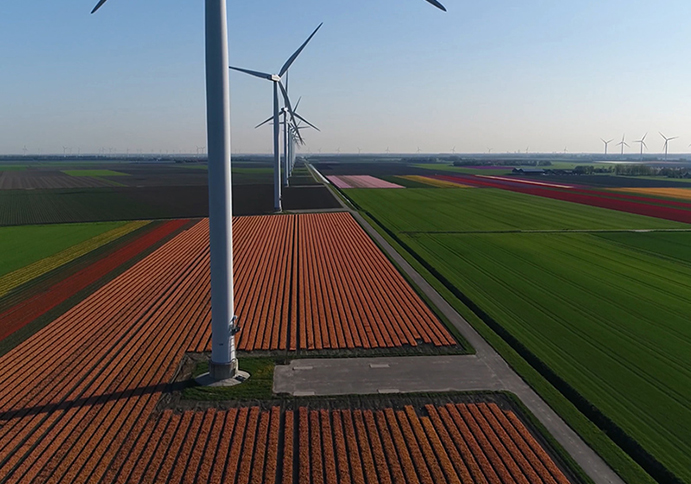How do we ensure a just transition to net-zero carbon emissions? Judith Sykes explores this topic as part of her role on the ICE State of the Nation 2020 Steering Group
The UK is one of the most unequal societies in Europe. The Covid-19 pandemic has brought into sharp focus the significant disparities in health, education and wealth across the country. We have also seen how lockdown has disproportionately impacted the most vulnerable members of society.
With planned investment in infrastructure over the next five years totalling £640 billion, this presents a timely opportunity to deal with the deep structural inequalities in our society. Delivering on net-zero offers a means of strengthening regional economic performance and rebalancing the UK’s economy. With many organisations calling for economic recovery stimulus packages to be used to ‘build back better’, and the government’s own levelling up agenda, it appears that there is consensus on the ambition. So how do we deliver in practice? This year’s State of the Nation 2020: Infrastructure and the 2050 net-zero target seeks to provide some of the answers.
Putting people at the heart of decision making
To ensure a just transition, we must make sure that decisions on infrastructure spend are targeted at overcoming regional inequalities and building new green economy skills and workforces. The findings of another ICE supported research report published last week, exploring the creation of Social Value in Infrastructure identified that significant opportunities are being missed because regional and local needs are not being considered early enough, or at all, in the planning process.
The Treasury Green Book needs to be updated to appraise infrastructure’s ability to deliver both on net zero, but also wider community benefits. In doing so, we need to move away from a transactional approach to infrastructure delivery and have a more nuanced and informed discussion about what our society needs. And ensure that these needs are properly taken account of in infrastructure decision making.
Devolution to meet stakeholder needs
One of the key recommendations of the Social Value in Infrastructure report, is that investment should be based on a local and regional needs assessment. Within the State of the Nation 2020 report, we argue that one of the best ways of doing so is by the UK Government continuing to devolve power and responsibilities for infrastructure policy and service delivery. This recommendation builds on previous analysis by ICE for the State of the Nation 2016 report on devolution. It is based on our understanding that local stakeholders are best placed to plan, design and deliver local infrastructure for net zero and understand the unique regional requirements and opportunities.
Building public support for infrastructure
By placing infrastructure delivery in the context of community needs, we will also be able to demonstrate the benefits for people which is essential to building public support for infrastructure projects. But to enable communities to participate in both national and regional conversations about achieving net zero, we need to raise awareness of the co-benefits and the role of citizens in delivering net zero. That is why we are also calling for a national campaign to enable people to be ready for the technological shift required, be that from engaging with demand side management to switching to lower carbon forms of transport. In doing so, individuals can both contribute to informing approaches taken and be able to realise the direct benefits of creating healthier and more resilient communities.
Design thinking to deliver multiple benefits
We also need to develop the skills to design and deliver the infrastructure we need, both to achieve carbon targets, but also to create multiple benefits for communities. State of the Nation 2020 sets out the need to develop the skills and expertise to enable a just transition to net zero. With limited resources focused not just on building new, but also retrofitting our existing infrastructure, we need to be creative in our approaches to maximising value in its broadest terms. Launched in January 2020, the National Infrastructure Design Principles set an ambition for incorporating climate, places and people requirements within infrastructure programmes. A particular focus is the role of design, and design thinking, to deliver solutions that have multiple societal benefits beyond the core function of infrastructure projects.
An opportunity not to be squandered
Polling cited in the State of the Nation 2020 report suggests that only 9% of people want everything to go back to life in the same way as before the pandemic. If you couple this with planned investment in infrastructure as part of the recovery stimulus, the government promising that investment will focus on levelling up, legal commitments to net-zero by 2050 with many local authorities targeting 2030, we have a unique opportunity to build a fundamentally different future, and not just extrapolate from the past.




